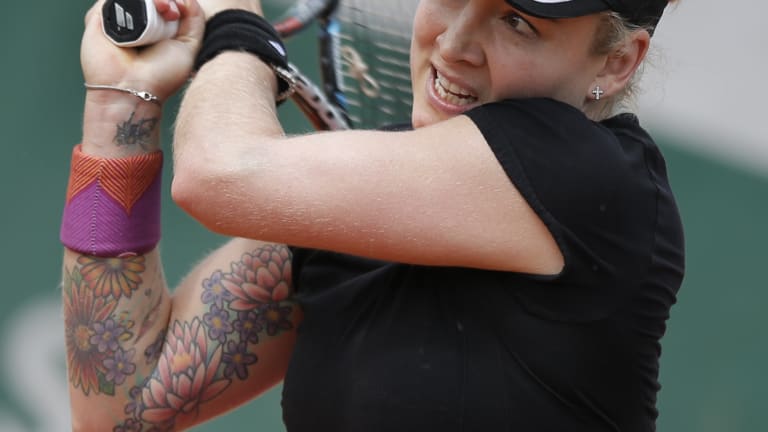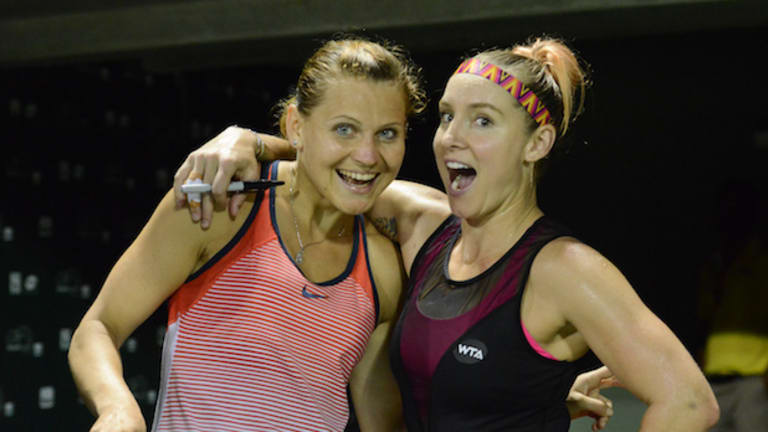Bethanie Mattek-Sands is getting jumpy, and she hasn’t even had any coffee. She is tucked into a sofa, sipping herbal tea, while her husband, Justin, is seated beside her, guzzling coffee with a double shot of espresso.
The gold medalist—she won the mixed doubles title with Jack Sock in Rio de Janeiro last week—is passionately discussing gender equity in tennis, equal pay, ranking equality and even singles-versus-doubles equality.
“You don’t get paid for playing women’s doubles,” says Mattek-Sands, who won the 2015 Australian Open and French Open with Lucie Safarova, and won the 2015 French Open mixed doubles with Mike Bryan. “There are no endorsement dollars, even if you’re ranked in the Top 5.
“Men and women aren’t equal in tennis right now, even if we get the same prize money at the Grand Slams,” she adds. “The men have many more opportunities than the women. A $250,000 men’s event pays the players more than a $250,000 women’s event. The Top 50 ranked men and the Top 50 ranked women in singles have big differences in their earning status. It’s a repeated theme that we have to stick up for the women.”

